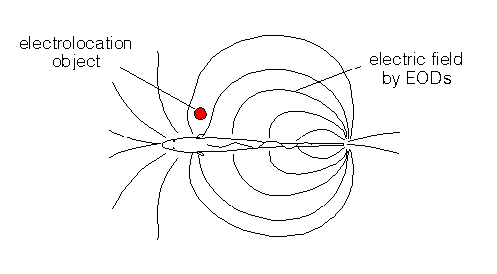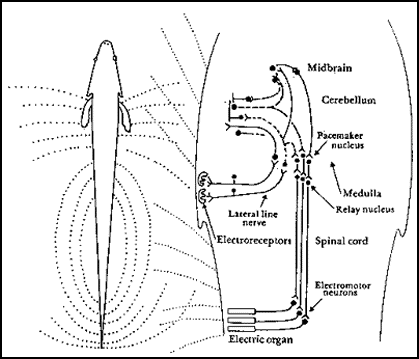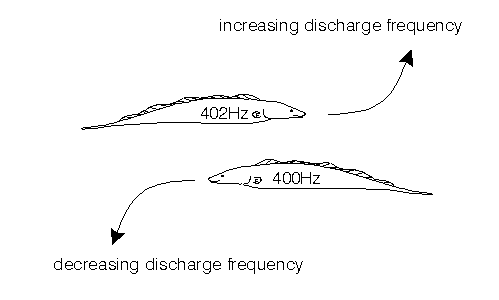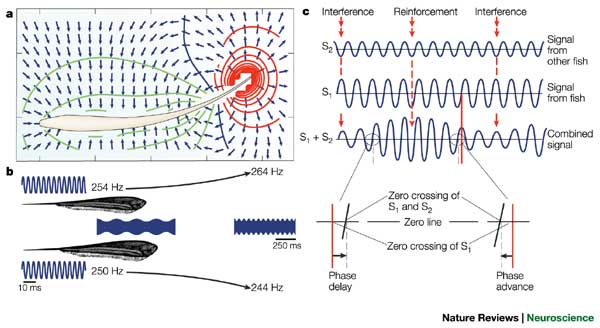Behavioral Neuroscience
Summers
Afferent Path of Electroreception
Control of Electric Organ Discharge
Efferent Output producing EOD
Jamming Avoidance Response
GABA
Acetylcholine
Electric Fish Figures
Electric Fish Circuitry
Acronyms/Abbreviations end



